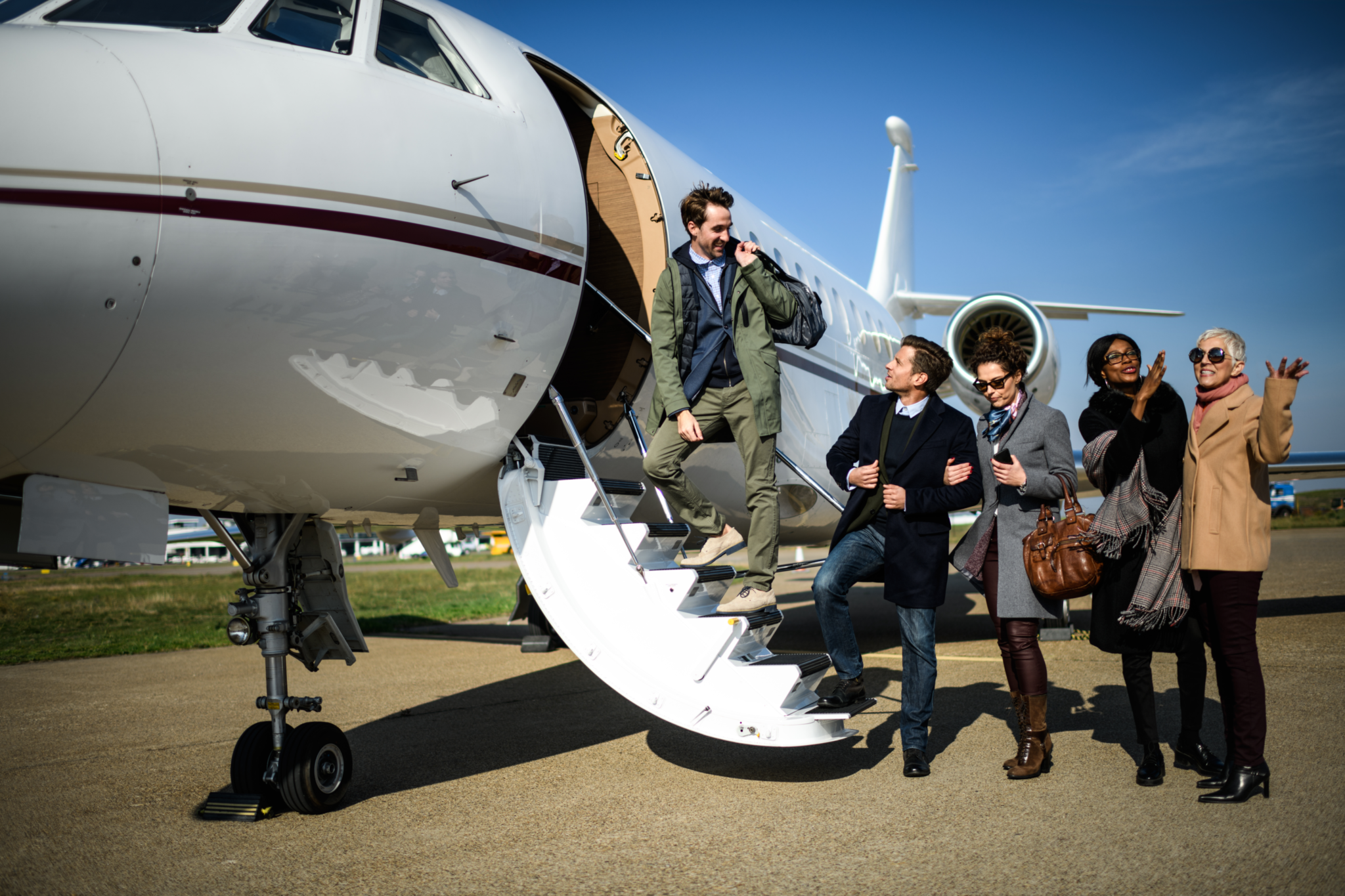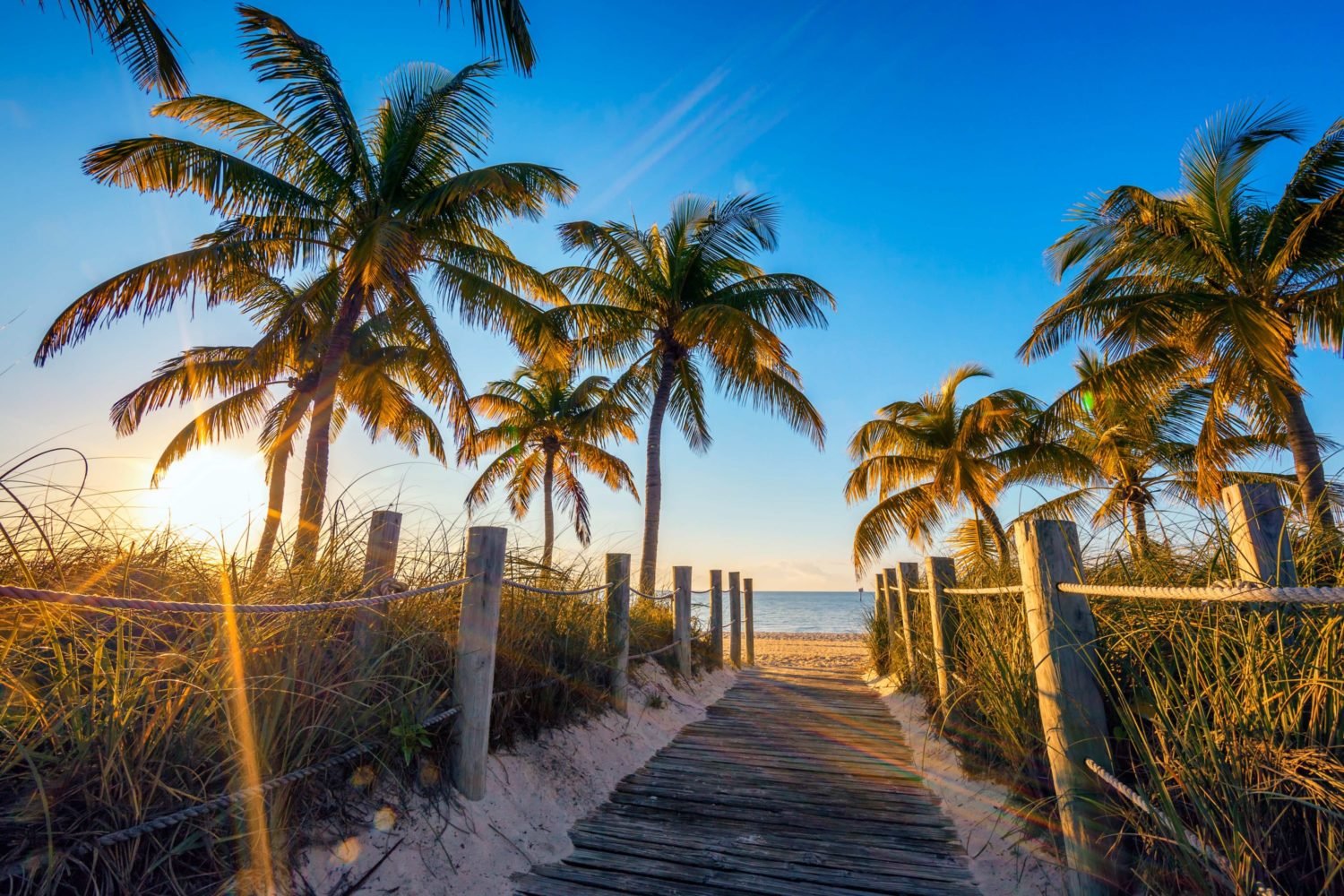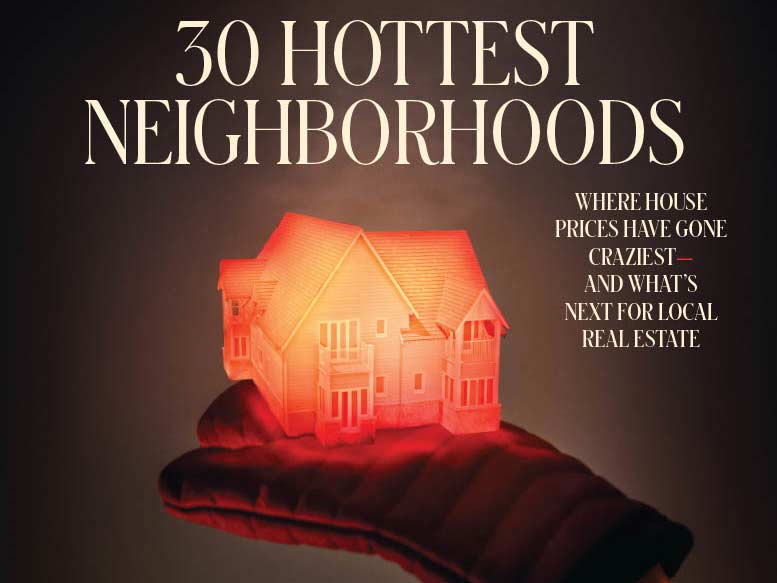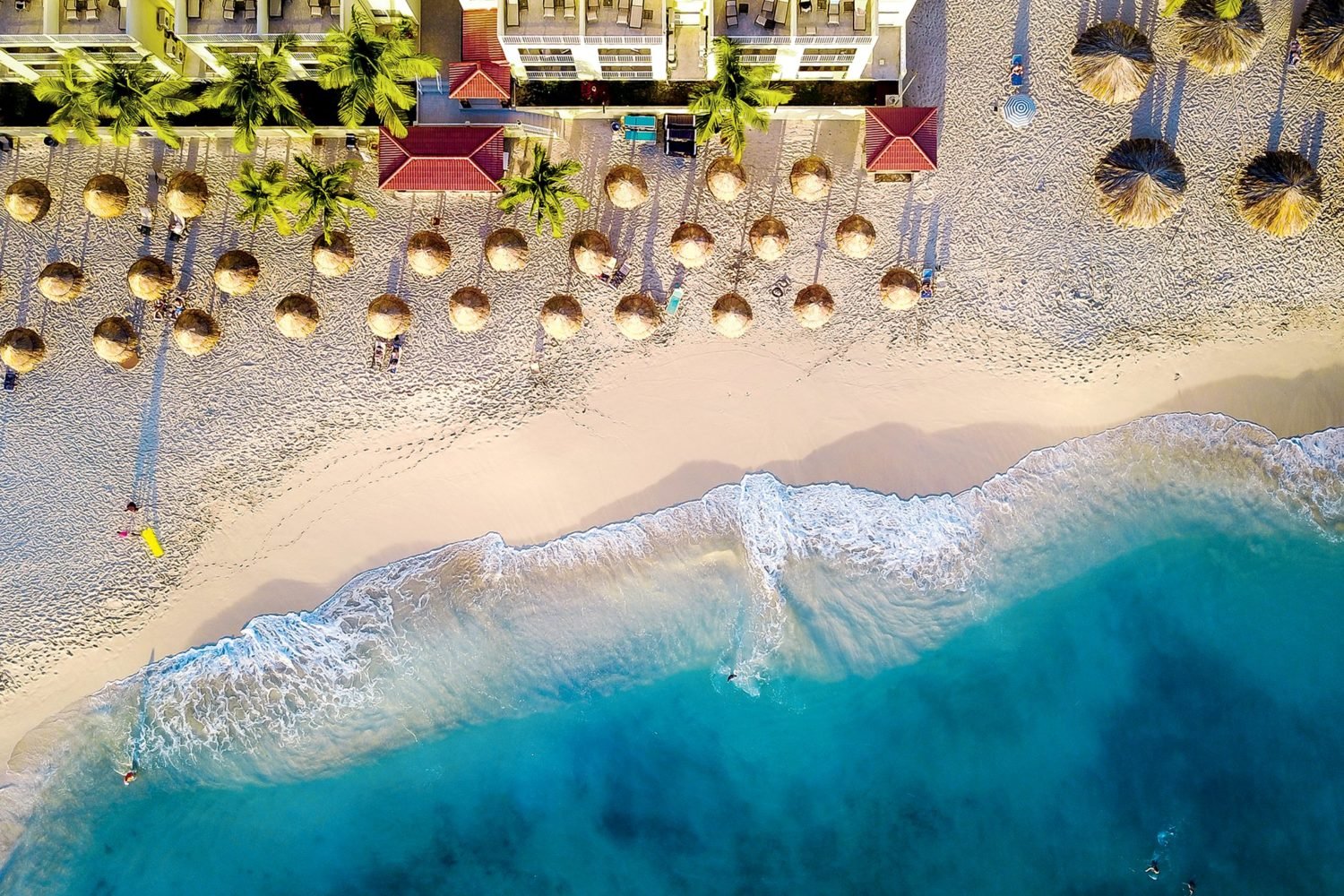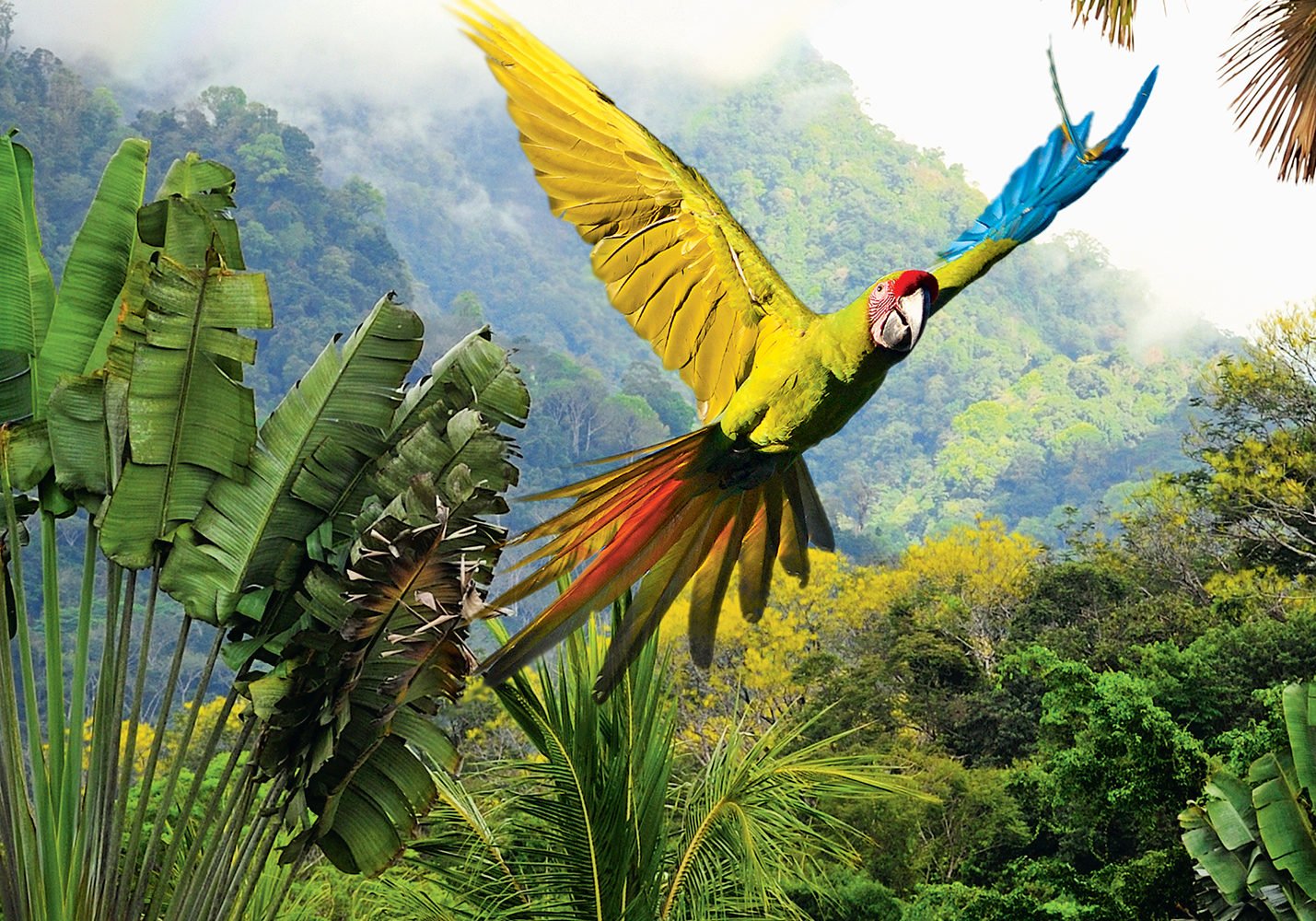The pandemic was famously bad for the airline industry. Even after billions in taxpayer bailouts, the big carriers aren’t back to where they used to be. And the ongoing spike in reports of mask-driven air-rage incidents isn’t helping.
But that’s not to say the entire aviation sector has been pummeled. One particular niche, in fact, has benefited from the airlines’ woes: private aviation. As virus-weary Americans came to see commercial flights as fraught—and as the master-of-the-universe types who used to occupy private jets began doing meetings via Zoom—a neat wrinkle in the market has opened up, at least for people who can afford it. According to the Robb Report, first-time leisure customers increased by 300 percent in 2020, even as corporate users of private jets decreased by 80 percent.
Whatever this may say about the chasm between our haves and have-mores, it means folks who run air charter outfits are some of the happiest in the travel industry.
Jet Linx, which operates out of private terminals across the country, including Dulles Jet Center, has seen a 40-percent jump in its jet-card business this year, says president and CEO Jamie Walker. Some 90 percent of those sales were first-time customers. (Jet cards are like prepaid cell-phone cards, but instead of buying minutes, you’re buying flight hours.)
“We more than doubled our fleet in the past year to accommodate all the requests,” says Jessie Naor, chief operating officer of GrandView Aviation, a charter company headquartered at Martin State Airport in Middle River, Maryland, 30 miles northeast of Baltimore. “At the end of last year, we had five planes. Now we have 13 and we are still selling out all the time, which is amazing.”
The destinations of those jets have changed, too. “It used to be a lot of business travel,” Naor says. “Now it’s a lot more trips to Aspen, to the beaches of South Carolina and North Carolina, to the mountains.”
The smiles extend up the private-aviation food chain. Bolling DeSouza, managing partner at AeroSolutions Group in Manassas, says that before Covid, his company closed 45 to 50 aircraft sales a year. Last year, it did 58: “We had our best year ever. And we are on track to eclipse last year.”
Says Doug Gollan of Private Jet Card Comparisons, a website that covers private aviation: “The demand is stronger than it has been in history.” Yet for a lot of potential fliers, the how-to of flying private—as well as the how-much—remains a mystery.
We all know the hassles of commercial air travel. Getting to the airport early. Standing in a TSA line. Checking a bag and wondering if it will show up at the other end. Hoping to make a connection. That’s before getting on the plane—and before the added anxieties about Covid.
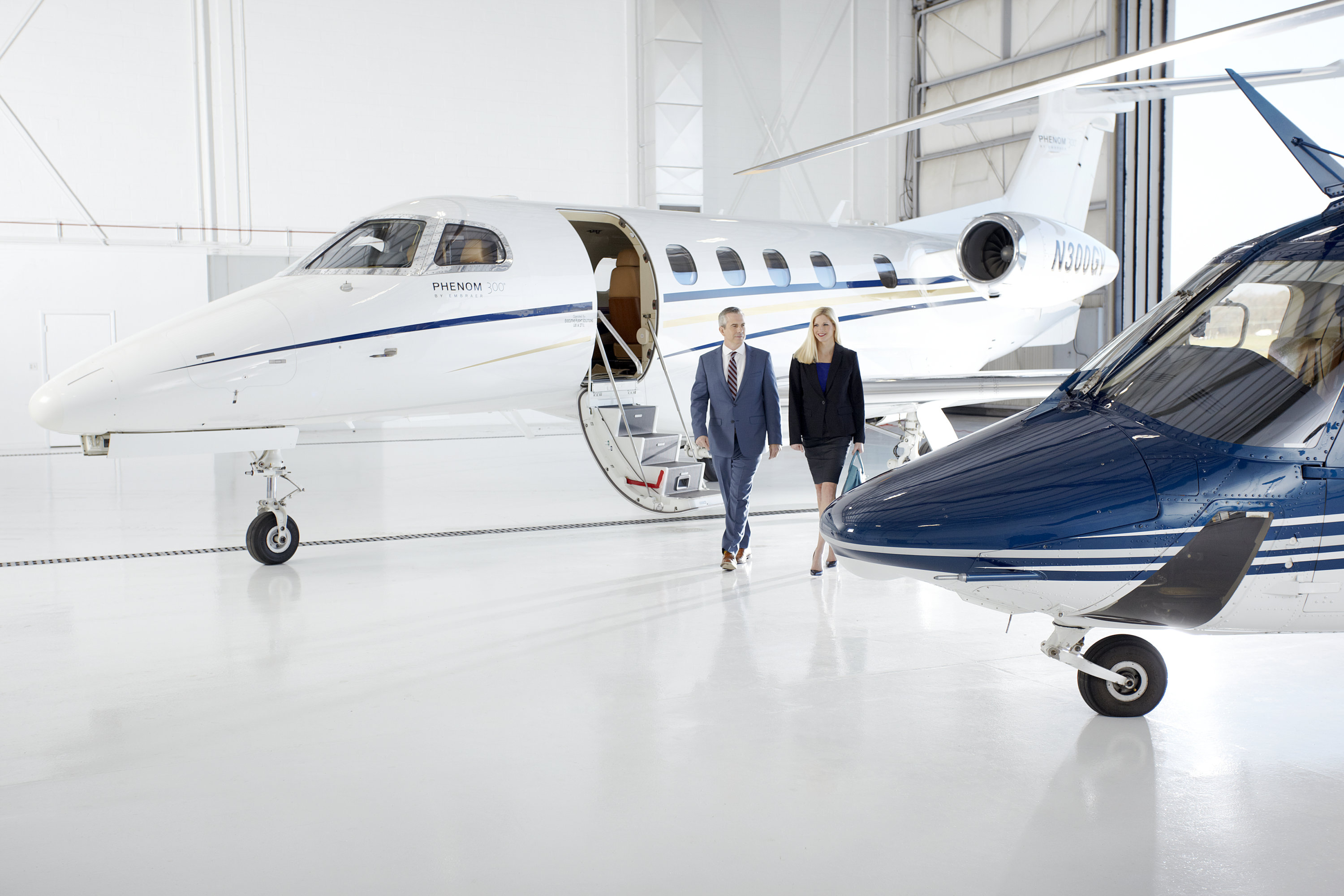
Private-aviation passengers bypass security and are given permission to drive right up to the plane, where someone takes their bags and valet-parks their car. (Jet Linx throws in a free car wash while a customer is away.) They depart at a time of their choosing—it’s even fine if they’re late—and fly directly to wherever they want, which could be a regional airport closer to their destination. Private passengers technically still have to wear a mask onboard, though—it’s federal regulation.
Still, most private flights aren’t like what’s in movies—smaller jets and short hops usually don’t bother with flight attendants, let alone ones handing out flutes of Champagne. The ceiling height on smaller planes is often less than five feet, Gollan says, so passengers aren’t ambling around.
“I think people do think flying private is like a music video, but they show up and it’s a tiny four-seat plane,” says DC travel agent Alisa Cohen, founder of Luxe Traveler Club. “It’s not the experience they were expecting.”
Sure, Naor says, you can shell out to fly in a refitted 727 with lie-flat beds and multiple flight attendants. “But when you’re flying with someone like us, it’s no-frills,” she explains. “It’s more about convenience and security. We have people who are high-profile who fly private because they like the safety. It’s more ‘I can drive up to my plane and get where I’m going in a third of the time.’ It’s not [about] trays of Champagne. You might have a Coke and nice bag of organic nuts.”
Other passengers opt for a bit of water and a pat on the head.
“We are seeing a lot of dogs,” says Jamie Walker of Jet Linx. “The tipping point for some of our consumers is the ability to bring their pets onboard. We’ve seen clients ask for the welcome packet we give to all new clients to be addressed with the dog’s name, as a nod to: It’s not for them, it’s for the family pet. It’s to safely get their pet from point A to B. Everyone has their own way to justify the expense.”
Aviation companies like to say that flying private is not as expensive as you think. Which may be true, depending on how much you imagine it costs.
Private aviation is priced by the hour and plane size, starting at about $6,500 for a light jet that seats five or six, climbing to about $13,000 an hour for a longer-haul jet seating ten to 12. When we checked in late September, the best price for a flight from Dulles to the West Coast ran about $33,000. That’s one-way.
Gregg Brunson-Pitts, founder and CEO of the local charter broker Advanced Aviation Team—which provided charter flights for the Biden-Harris campaign—says he can arrange a flight from DC to Miami on a six- or seven-passenger plane starting at $12,500. At roughly $1,800 to $2,100 a person, that’s significantly more than coach, but maybe not as big a leap for those who fly first or business class.
Arranging for a private plane when you don’t own your own typically means one of three things: chartering a flight, buying a jet card that gives you a certain number of hours on a private plane, or buying a fractional share of a jet.
If you want to fly privately once in a blue moon—say, to take friends or family on a trip of a lifetime—it’s best to charter a plane. Chartering comes without a hefty fee or a long-term commitment upfront.
Those wishing to fly privately more often—yet not enough to justify their own plane—tend to look at jet cards or fractional ownership. More than 60 companies now have some 500 jet-card programs, says Gollan, whose Private Jet Card Comparisons offers a service to help buyers sort through the options. He says most card programs start at 25 hours, with a $100,000 deposit, but $25,000 cards with four hours of flight time can be found. Some companies, such as Jet Linx, let users pay as they fly after buying a one-time membership. (Jet Linx membership starts at $25,000.)
Jet cards and memberships guarantee a seat and a rate when a customer needs a flight, and they don’t charge for repositioning flights to get a jet back to a hub, as a charter might. Unlike with charters, a flier can change plans a few days ahead without penalty. Some card programs cover charges that charters can incur, such as airport landing fees and wi-fi. (As with a charter, though, they may charge for catering as well as deicing in winter.) Those fees can add up, and it’s why some local private flights go out of smaller airports such as Manassas Regional—where, says DeSouza, even fuel is cheaper, about $4 a gallon versus about $8 at Dulles (and where, he adds, a late-day flight isn’t in a long line of planes waiting to take off for Europe).
Then there’s fractional ownership, which is basically buying a share of a plane—which can cost millions. (Silver lining: There are tax advantages if it’s used for business.) Fractional owners can pick up the phone and have a plane waiting in as little as four hours—versus the 24-to-96-hour notice usually required with a jet card. If you’ve never needed a plane on four hours’ notice, you probably don’t need to own a piece of one.
Private aviation’s high-flying sales are partly due to the March 2020 CARES Act, which, in an effort to revive the airline business, suspended the 7.5-percent federal excise tax on domestic air transportation through the year. Some frequent fliers stocked up on jet cards during the tax holiday—and are using the hours on those cards this year without incurring taxes. Charter customers benefited, too, from both the tax suspension and the lower fuel costs. The reduced prices were one reason, Cohen says, that some of her clients tried charters and now are hooked.
“If you do it once, it doesn’t seem as crazy,” she explains. “People did it once or twice, and now it’s factored into the cost of a trip. Two families traveling in a bubble might split the cost of a flight.”
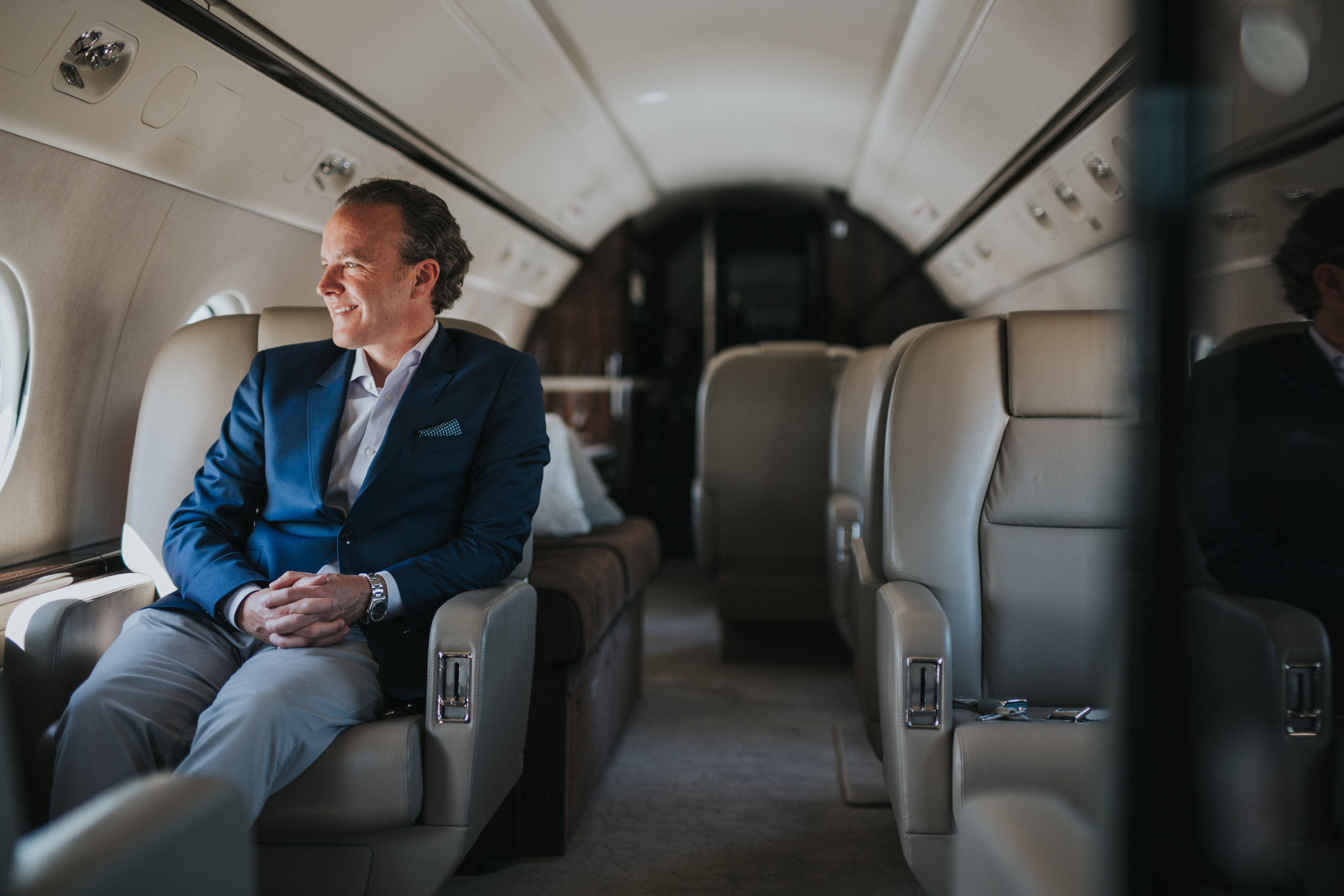
Jessie Naor, of GrandView Aviation, says the company’s target charter customer has a net worth of at least $5 million to $10 million and often owns a few homes. Recent flight patterns bear that out: In August, private flights to Aspen were up by 111 percent over 2019 levels, while flights to Westhampton on Long Island were up by 125 percent, according to Tuvoli, maker of a platform that connects charter brokers and suppliers.
The surge in private air travel, in other words, seems to have come from people who could have afforded it all along. A recent McKinsey & Company study found that before the pandemic, fewer than 10 percent of Americans with enough net worth to charter a private jet had done so.
“For people who fly privately, the calculation isn’t ‘Can I afford it?’ It’s ‘Do I want to spend it?’ ” says Gollan. “The people who are now flying private who weren’t before are not pulling pennies out of the couch. There was this huge pool of people who could afford to fly private and hadn’t. They didn’t understand what was so great about it until they started flying privately.”
The increase in customers has created some headwinds.
Extra users have meant more limited availability, especially at peak travel times. Some jet-card companies have suspended sales, unable to guarantee seats if they add more members.
Companies can’t just increase the number of airplanes to meet the demand. “There is very limited inventory in the US,” says Christopher DeSouza, a partner at AeroSolutions Group. The intense demand for each aircraft has made prices soar by at least 15 to 25 percent over last year, he explains. “I just got back from a trip to Germany and Switzerland to find planes. We had to look at international aircraft because they represented a better value.”
Demand has fueled another issue: fly-by-night operators. “When there is a scarcity, there starts to be bad actors,” Naor says. “There have been a lot of cases of illegal charter, someone who is not authorized to conduct private flights.”
Before chartering, Naor recommends checking the carrier and plane on the National Air Transportation Association’s “Charter Operator/Aircraft Search” web tool. Industry experts Argus and Wyvern both publish online lists of charter brokers with their seals of approval. For more guidance, check out avoidillegalcharter.com.
Private aviation isn’t immune from some of the issues plaguing commercial travel—such as flight delays and cancellations due to shortages of fuel, labor, and parts. And these days, flights are occasionally delayed, Gollan says, by all those new jet-setters unaccustomed to flying private. Some try to board with more luggage than the plane can carry. Some show up with pets they forgot to mention. And catering orders—more complex than ever, with requests for specialty juices and waters—are harder to fill, due to labor and food shortages.
“It’s less being obnoxious than many folks have specific waters or juices they prefer—and what you can easily get in New York or DC isn’t necessarily widely available in Jackson Hole or Memphis,” Gollan says. “And yes, too much luggage is a common thing. While brokers and operators specify this when taking the booking, I think folks figure, ‘I’m sure they will make it work—we’re paying a lot of money.’ ”
Flight Paths
The top five places that local charter customers are flying to right now, according to GrandView Aviation
1. Naples, Florida
2. Fort Lauderdale
3. North Eleuthera, Bahamas
4. Nantucket
5. Charleston
This article appears in the November 2021 issue of Washingtonian.

